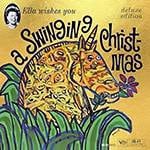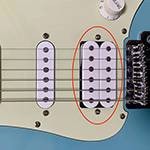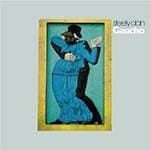I would like to introduce the u-he Filterscape VA ARP (Arpeggiator).
ARP (Arpeggiator)
An Arpeggiator is a generic term for a system that automatically plays a specific chord as a broken chord (arpeggio). It is a function that began to be incorporated into synthesizers in the late 1970s. It is popular in popular music and is also used as a sequence pattern. Another reason for its popularity was that it was semi-automatic and could be easily played in real time.
The following is a simple example of a chord C9 (8 notes) held on the keyboard and played on the arpeggiator in a rising 16-note pattern. The pattern is to start from the lowest note, play all 8 notes, and repeat from the first lowest note again. The arpeggiator is played repeatedly as long as the keyboard keys are held down.

The actual sound is as follows.
Each company has its own policy on how the arpeggiator works. This requires learning from each manufacturer, but unique arpeggiators can be fun. In Filterscape VA, the arpeggiator (ARP) is in the red frame in the figure below.

It can be assembled in steps from 1 to 16, although I won't go into details here. The screenshot is set to 8 steps. Each step can be set to 1/64 to 1/1 note, and can be set to dotted or triplets. Also, each step is individually variable from 1 to 4 times its length, so it is not that simple. The length of the notes that sound is also flexible, and it is possible to connect notes to the next step as well as rests.

You can also apply modulation to each step. The bar graph-like shape is the amount of modulations. The sound sample is the same pattern as above, but you can see that the sound has changed considerably.
Euclidean Algorithm
Although not unique to Filterscape, the ideas of Euclidean rhythms and Euclidean sequencers have become popular in recent years. I would like to try to put a few of these ideas into practice in Filterscape. I think the paper “Euclidean Algorithm Generates Traditional Musical Rhythms” published by Godfried in 2005 sparked the boom.
There are many South American and ethnic rhythms in particular that are not divisible or irregular, and it is difficult to understand how to interpret them. Traditionally, you would just memorize them as they are, but Mr. Godfried has found that using a certain rule of thumb works rather well. One method is to use Euclid's reciprocal division, which is a method for finding the greatest common divisor of two natural numbers. One of the two natural numbers is the total number of steps when broken down in constant time, and the other is the number of tones. Euclid's reciprocal division is now called Euclidean rhythm.
As an example, let's create a pattern with the condition that 5 of the 13 steps sound.
We write this as E(5,13).
First, let's use Euclid's reciprocal division method.
- 13 divided by 5 yields a remainder of 3
- 5 divided by 3 yields a remainder of 2
- 3 divided by 2 yields a remainder of 1
Finally, the remainder is 1, so the integers 13 and 5 are prime to each other. When they are prime, they tend to be ethnic rhythms because they are not in an orderly sequence.
Next, let us try to expand to a rhythm using Godfried's method. Using a technique similar to the reciprocal division method, we create a pattern as follows: think of 1 as a step with a sound and 0 as a silent step. You can see that we are trying to assign the sound as evenly as possible to all steps. However, since the two integers are prime, they are not divisible and do not fit neatly together.
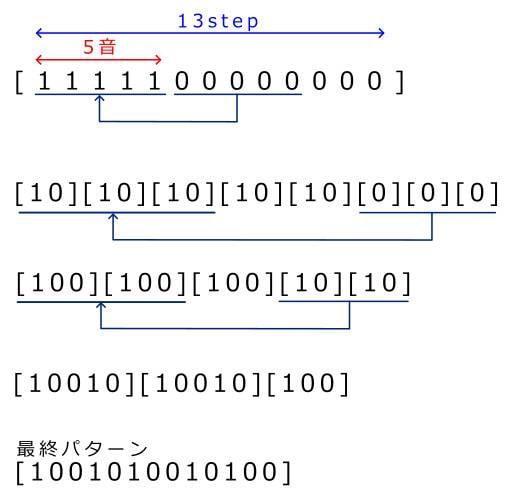
Let's apply the final pattern above to the Filterscape ARP.

The sound makes it sound like an ethnic rhythm.
I will try other sounds from Godfried's paper.
E(3,8) [10010010]
This is the famous Cuban tresillo rhythm.

E(5,8) [10110110]
This is also a Cuban rhythm called cinquillo.

Various other patterns mentioned in the paper describe what genres they are used. If you are interested in Euclidean rhythms, there is a wealth of information on the Internet that would be interesting to look into. Here are some URLs for your reference.
Paper [The Euclidean Algorithm Generates Traditional Musical Rhythms]
In the next article, we will discuss the effects of Filterscape VA.
The column “sound & person” is made possible by your contributions.
For more information about submissions, click here.





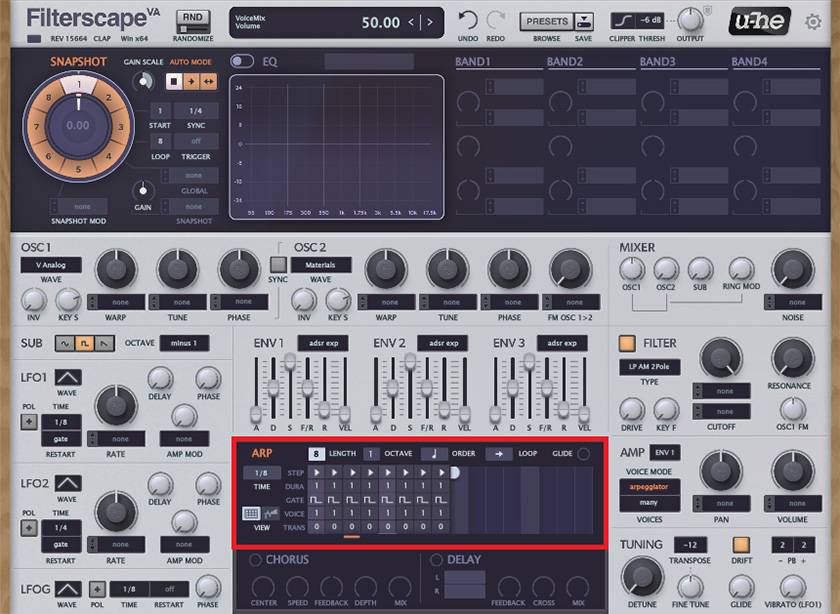

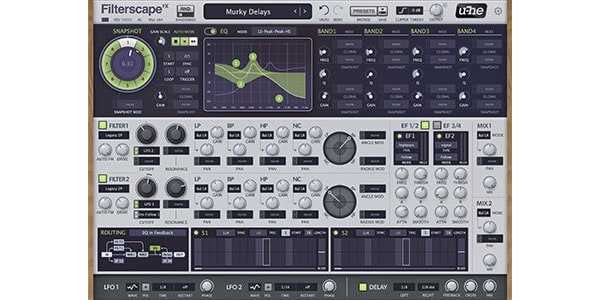

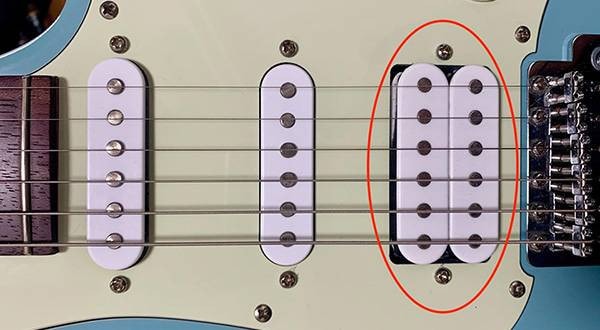


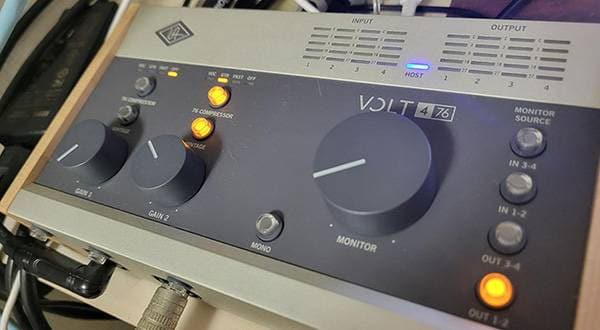
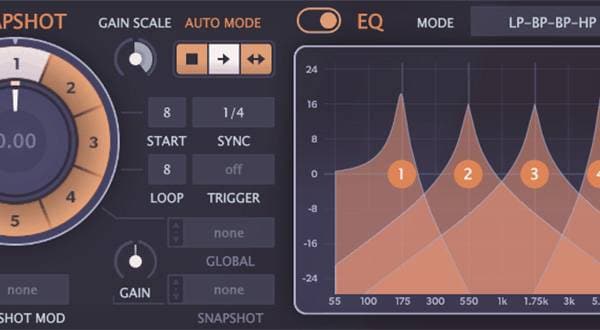
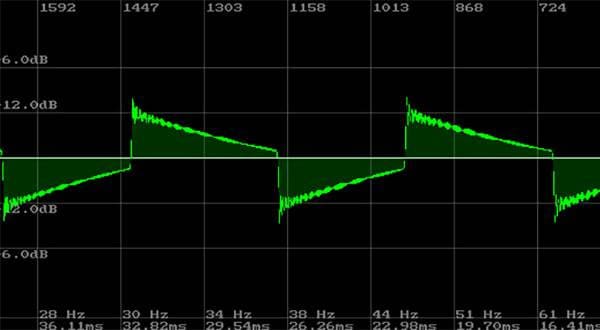

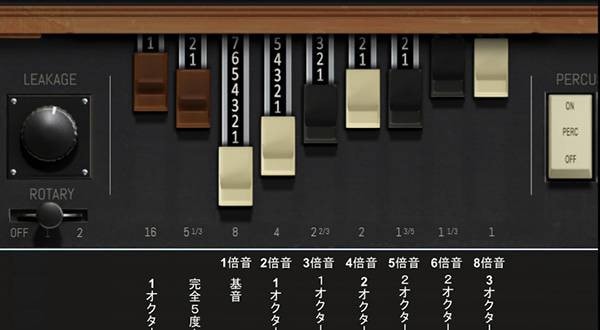
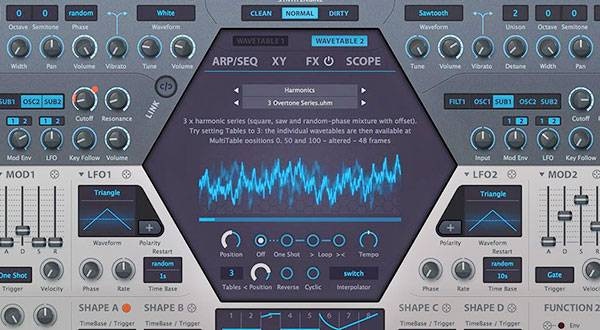

 厳選!人気のおすすめオーディオインターフェイス特集
厳選!人気のおすすめオーディオインターフェイス特集
 ABLETON LIVE 特集
ABLETON LIVE 特集
 Native Instruments KOMPLETE 特集
Native Instruments KOMPLETE 特集
 DTMセール情報まとめ
DTMセール情報まとめ
 UR-RT4 ソフト音源やループ素材をリアンプ
UR-RT4 ソフト音源やループ素材をリアンプ
 DTM・DAW購入ガイド
DTM・DAW購入ガイド
